Nothing Ear (1) earbuds: simple, transparent, different
Nothing Ear (1) earbuds bring transparency and simplicity to a crowded market – here’s what sets them apart
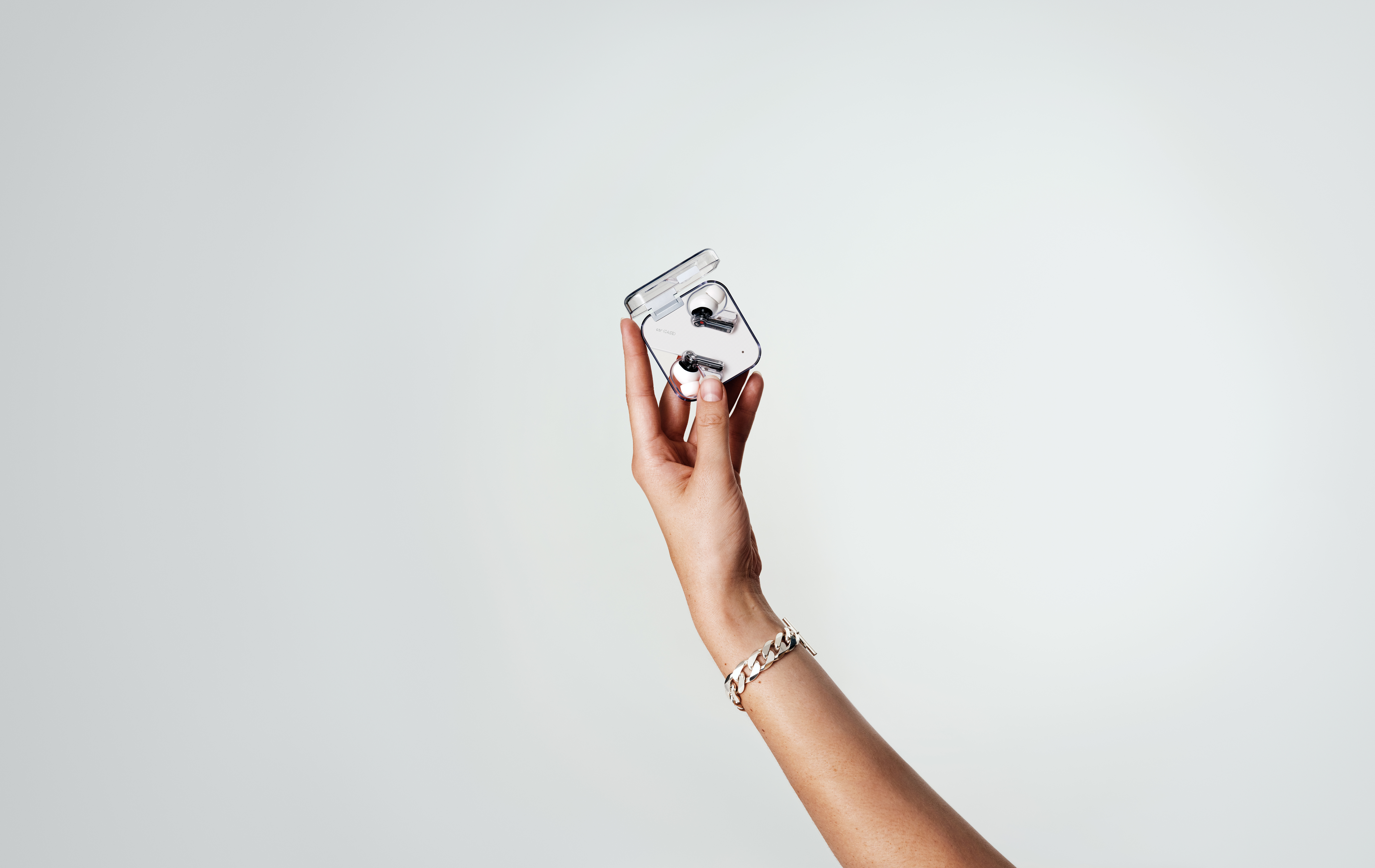
There’s much ado about Nothing, the newest low-key high-tech brand in a crowded market. Nothing is debuting with the Ear (1) earbuds, a product that’s ten a penny these days. Will the brand’s fresh approach be enough for us to sit up and take notice? When we spoke to Nothing’s Thomas Howard, Jesper Kouthoofd and Carl Pei, about their ambitions for the new brand, they flagged up the Concept 1 earbuds as proof of a different direction.
Now that concept has become a reality, and Nothing Ear (1) earbuds are available to buy.
Nothing Ear (1): clearly different
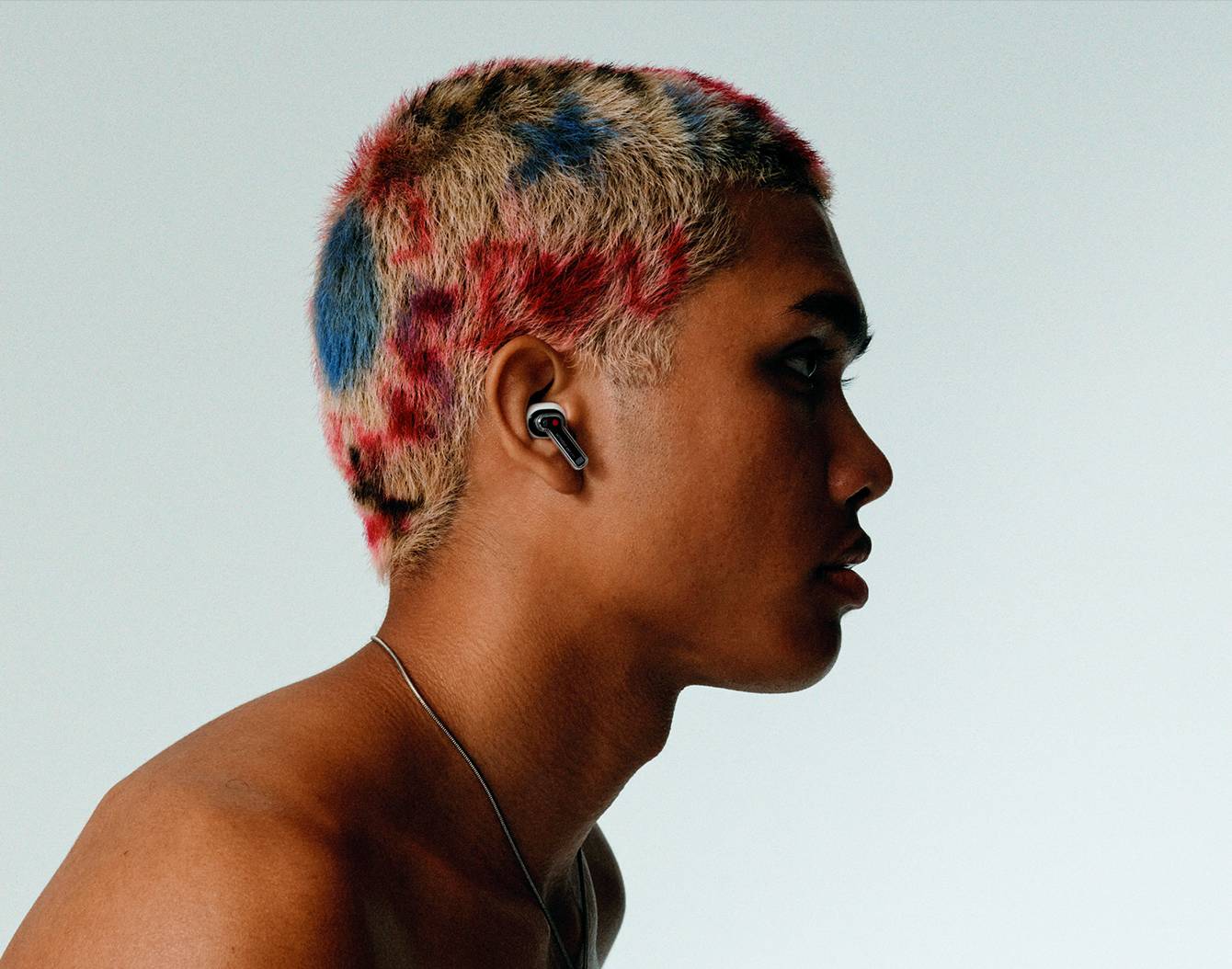
So what makes the Ear (1) different? There’s a ferocious amount of engineering that goes into an object as small as a pair of Bluetooth earbuds, most of which we take entirely for granted. Nothing’s point of difference is transparency and simplicity. This approach is obvious from the moment you tear open the pared-back packaging, slide open the silver box and remove the clear plastic charge case.
Although relatively conventional in appearance – there’s not a lot of wiggle room in this particular form factor – the Ear (1)’s industrial design lays bare the constituent parts of this ubiquitous object. You can see the PCB, the magnets, the microphones, all revealed beneath the transparent shell. There’s a jewel-like delicacy to these hitherto invisible components, and the Nothing team hunted high and low to find the best examples of each element to ensure it looked just right, whether it was magnets or even adhesive.
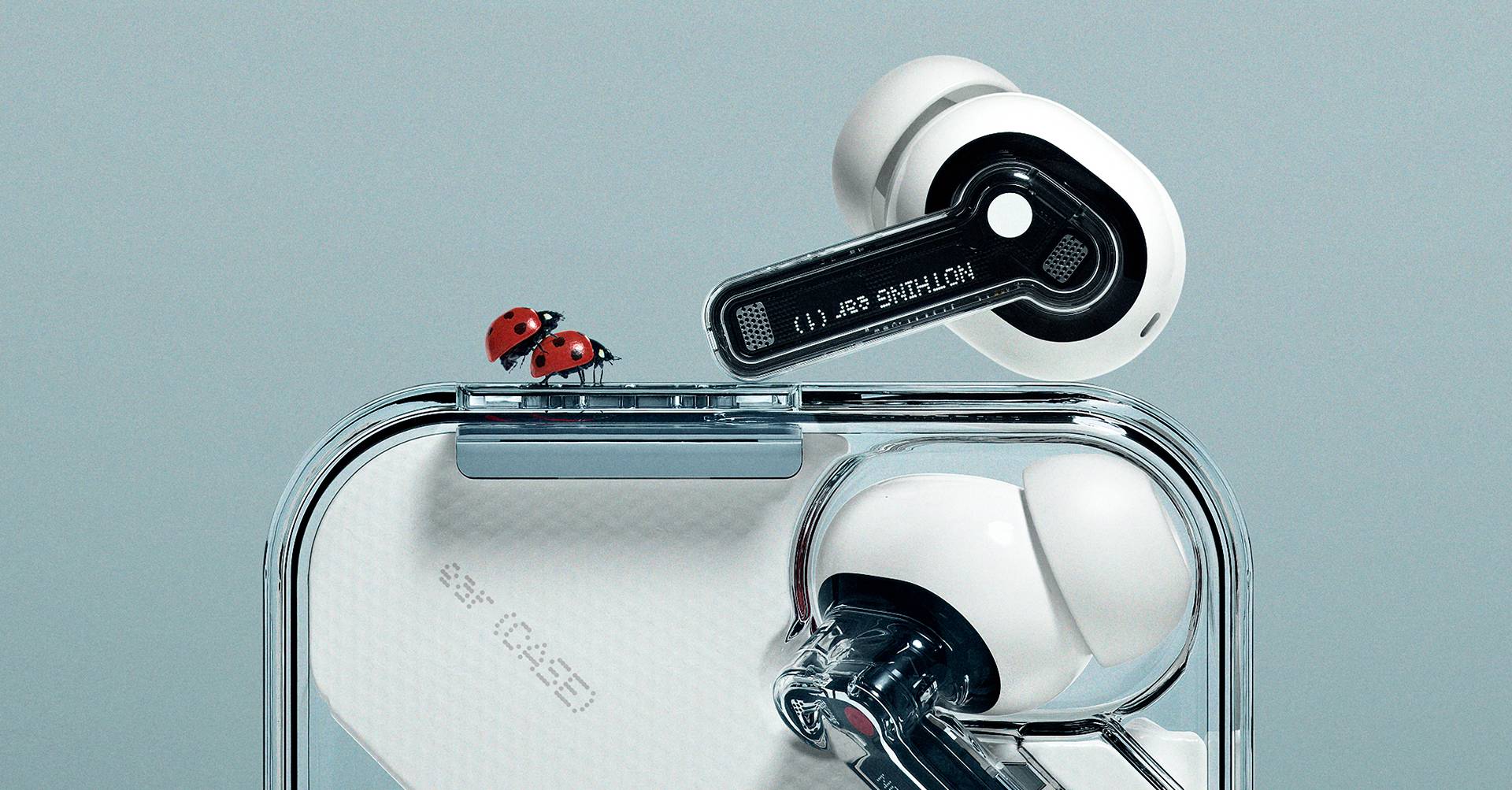
Small but perfectly formed: every component was carefully sourced to look and perform just right
Comfort is a key part of the earbud experience, and at 4.7g each, the Ear (1) is lighter than its Apple equivalents. The liquid silicon tip is designed to be softer in the ear, while the stems have a flat surface to make touch controls easier to deploy. The transparent case ends the hassle of wandering off without the actual earbuds themselves, as well as incorporating a fast-charging unit; ten minutes in the case should get you 90 minutes of listening time.
On their own, the Ear (1) buds will run for four and a half hours with noise cancelling switched on, or roughly six hours without. Oh, and you can sling the little case onto a charging pad to make the whole process completely wireless. Finally, there’s Bluetooth 5.2 to improve the range and battery life and the Ear (1) is also sweat- and water-resistant.
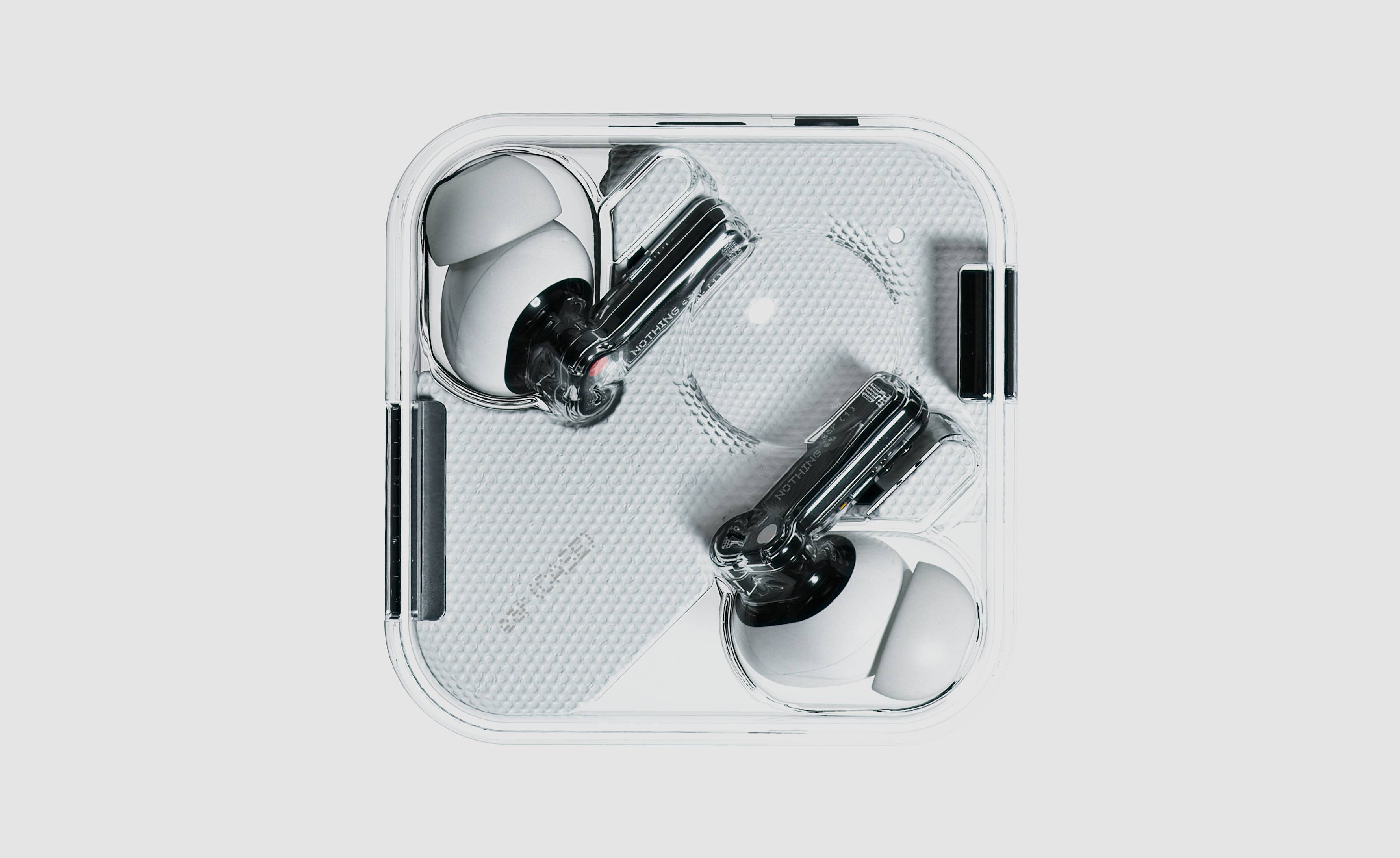
The low-key packaging and branding, from the dot matrix font to the disposable protective wrapping, conceals a very premium set of materials. There’s also nothing basic about the sound quality. The stems of the earbuds contain a big chamber for better bass performance: Teenage Engineering did all the acoustics as well as bring the industrial design know-how. There’s a bespoke app to help you tune Ear (1) to suit your own preferences, although they give pure, precise tones straight out of the box.
The app is also crystal clear in terms of layout and approach, with a ‘find my earbud’ feature as well as options for the three-stage noise cancelling, driven by three microphones and tuned to cut through background noise and foreground speech during calls. The Ear (1) is the first in a promised series of products from Nothing, building up to an eco-system of simple devices that will guide its fans away from tech fatigue towards a better-sounding and more intuitive future.
INFORMATION
Nothing Ear (1), £99
Receive our daily digest of inspiration, escapism and design stories from around the world direct to your inbox.
As of 18 April 2024, the more recent Nothing Ear and Ear (a) earbuds have been released and are available to buy for £129 and £99 respectively at nothing.tech
Jonathan Bell has written for Wallpaper* magazine since 1999, covering everything from architecture and transport design to books, tech and graphic design. He is now the magazine’s Transport and Technology Editor. Jonathan has written and edited 15 books, including Concept Car Design, 21st Century House, and The New Modern House. He is also the host of Wallpaper’s first podcast.
-
 Modern masters: the ultimate guide to Keith Haring
Modern masters: the ultimate guide to Keith HaringKeith Haring's bold visual identity brought visibility to the marginalised
-
 Discover a hidden culinary gem in Melbourne
Discover a hidden culinary gem in MelbourneTucked away in a central Melbourne park, wunderkind chef Hugh Allen’s first solo restaurant, Yiaga, takes diners on a journey of discovery
-
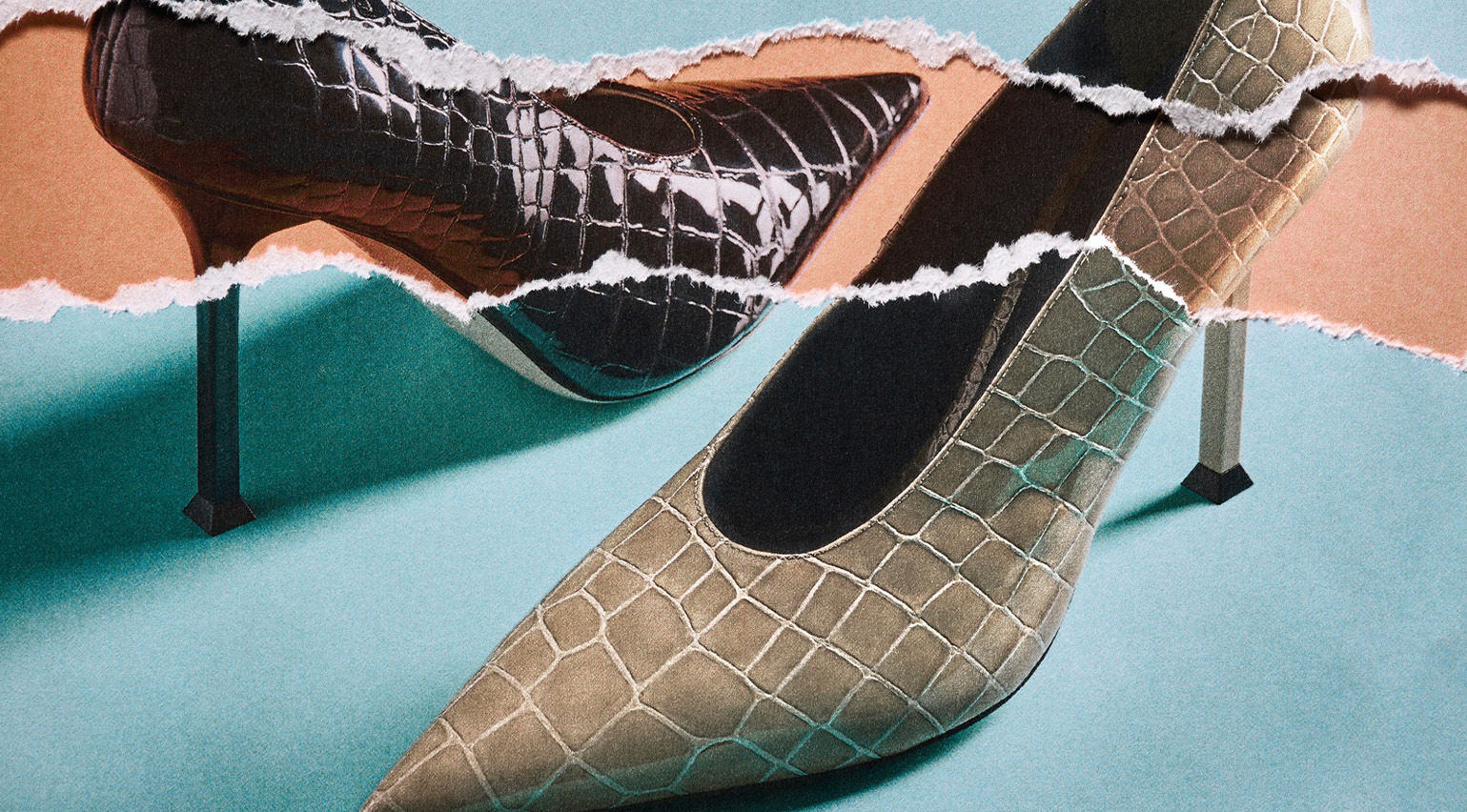 Nina Christen is the designer behind fashion’s favourite – and most playful – shoes
Nina Christen is the designer behind fashion’s favourite – and most playful – shoesShe’s created viral shoes for Loewe and Dior. Now, the Swiss designer is striking out with her own label, Christen
-
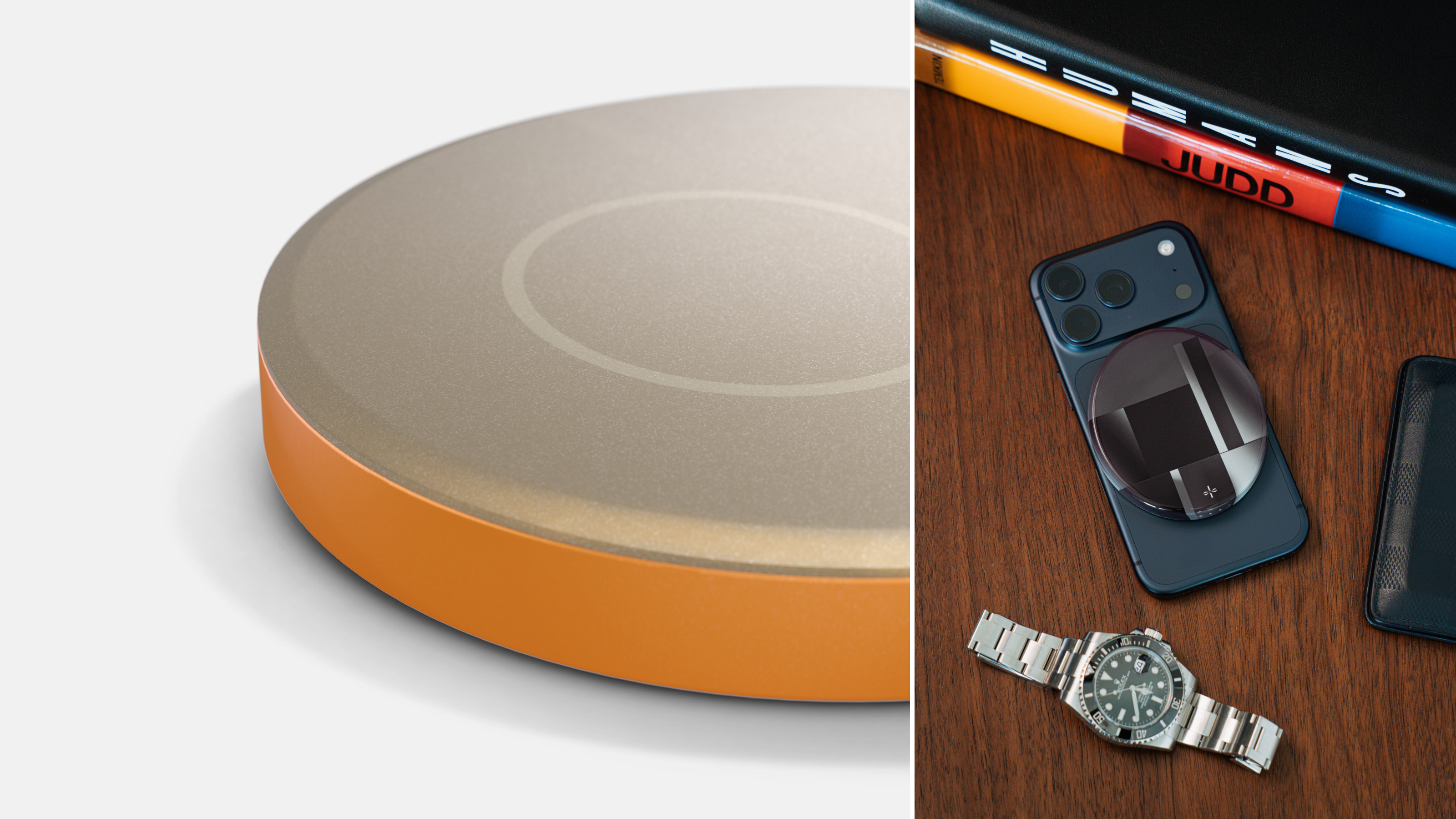 Inspired by a pebble, the stylish new Alma charger provides pocketable convenience
Inspired by a pebble, the stylish new Alma charger provides pocketable convenienceWhat if technology could quietly allay anxiety and not cause it? That’s the pitch behind new luxury accessories company Addition, starting with its new Alma wireless charger
-
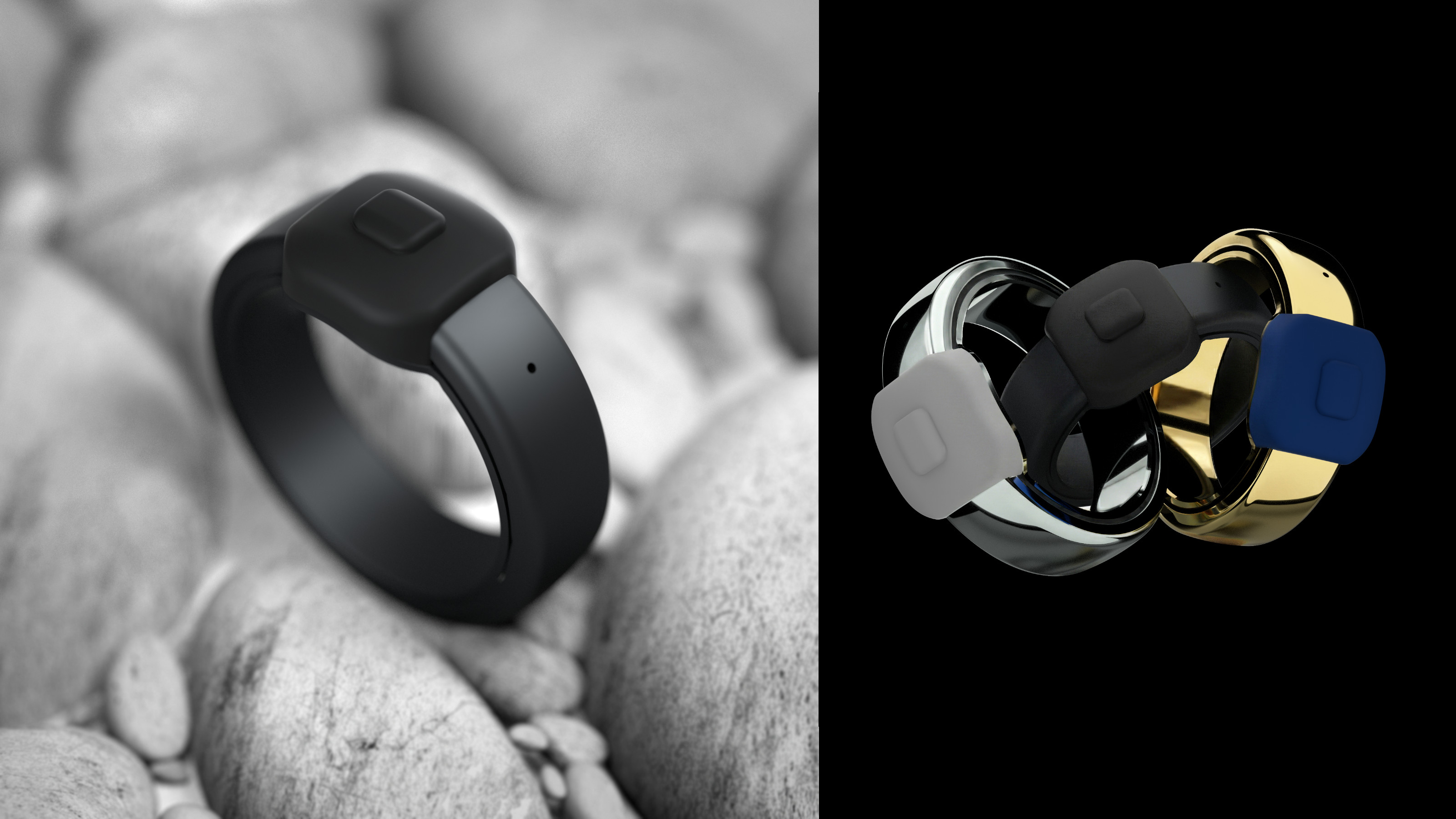 The ring’s the thing as Pebble launches a discreet device for memo-taking, Index Ring 01
The ring’s the thing as Pebble launches a discreet device for memo-taking, Index Ring 01A tiny device with a singular purpose but limitless applications, the Pebble Index 01 is a customisable smart ring for turning mental notes into text
-
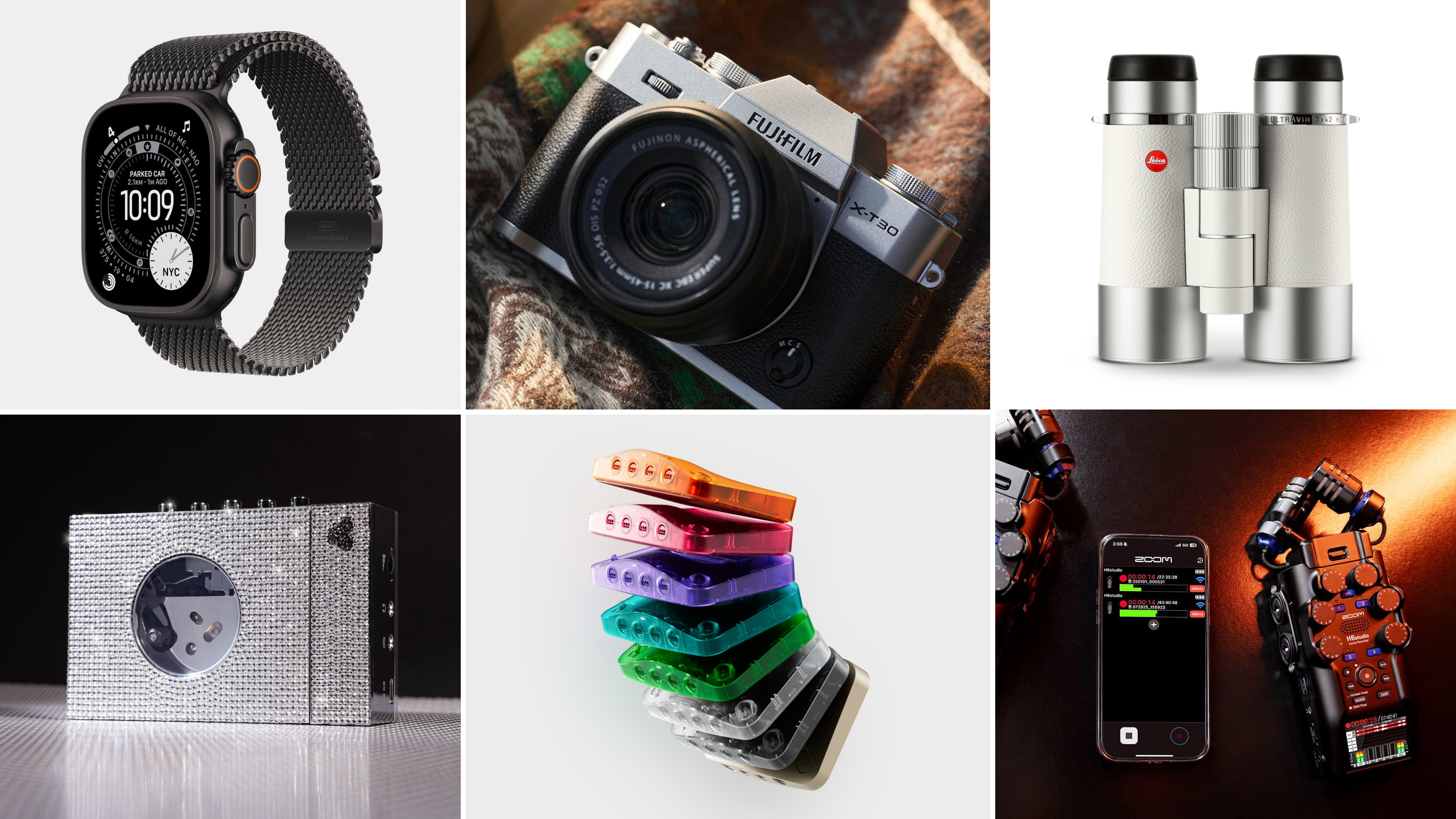 Tech gift ideas: Wallpaper’s Jonathan Bell lists 12 devices to desire this festive season
Tech gift ideas: Wallpaper’s Jonathan Bell lists 12 devices to desire this festive seasonTechnology editor Jonathan Bell delves into the best new releases and most giftable gadgets from 2025, offering up personal favourites as well as a few big hints
-
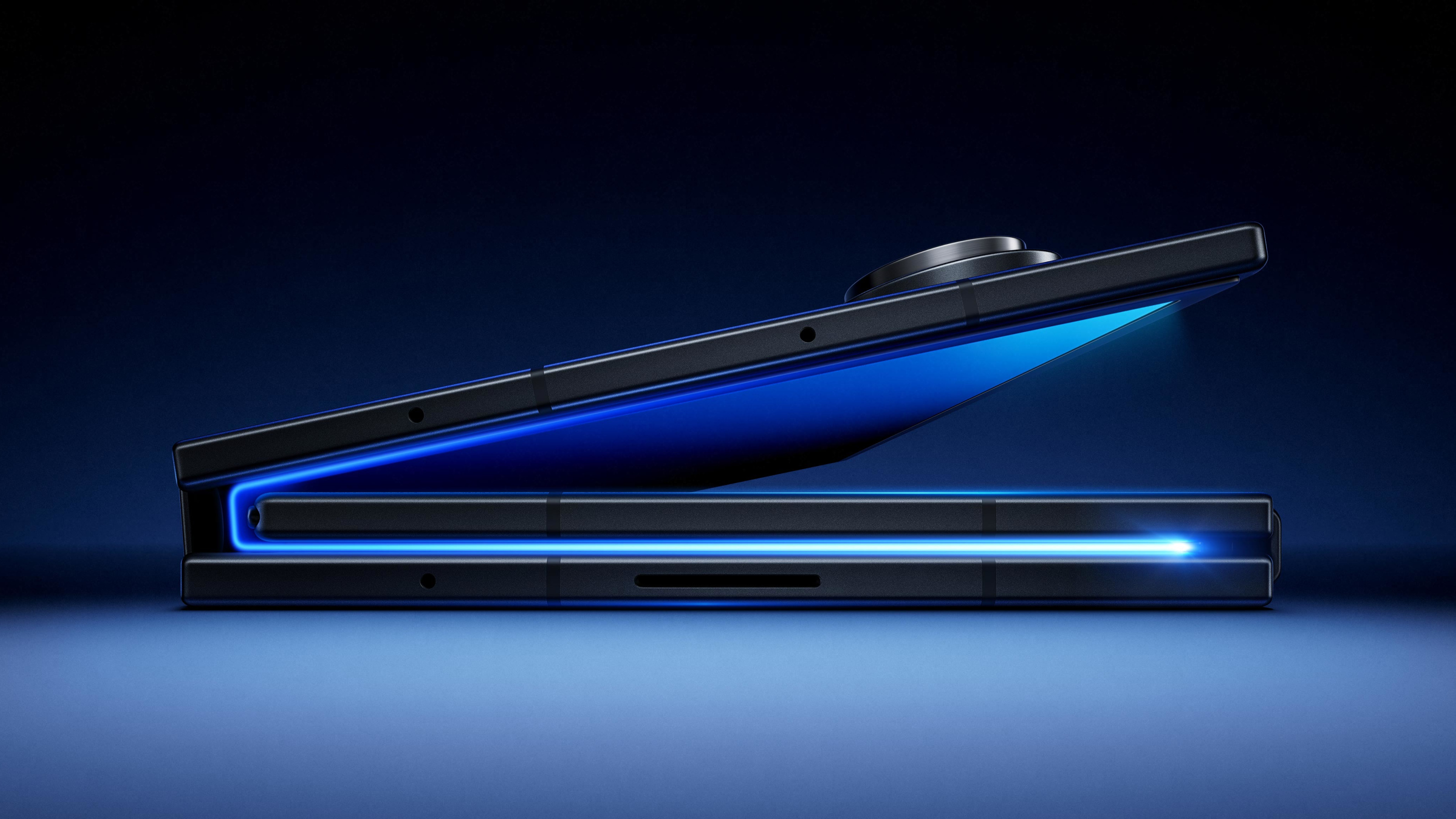 Samsung Galaxy Z TriFold is a pocket tablet that takes folding screens to new extremes
Samsung Galaxy Z TriFold is a pocket tablet that takes folding screens to new extremesSamsung has announced its newest flagship device, the Galaxy Z TriFold. Featuring three folding screens, this ultimate smartphone can transform into a ten-inch tablet
-
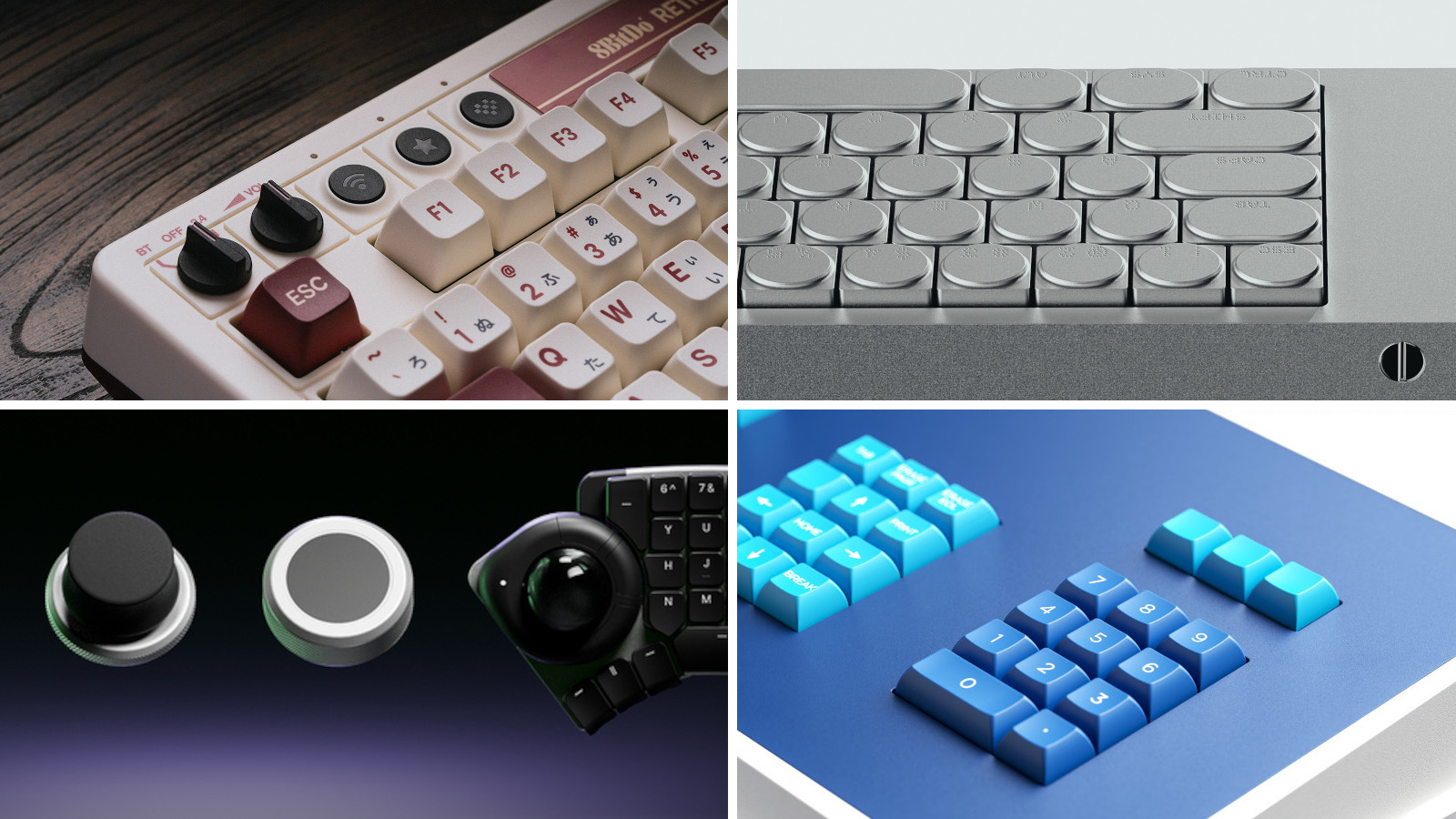 Four new keyboards are fresh and functional desktop companions
Four new keyboards are fresh and functional desktop companionsMechanical keyboards are all the rage, bringing with them new ways of personalising your desktop. We’ve found four devices that hark back to the early days of computing
-
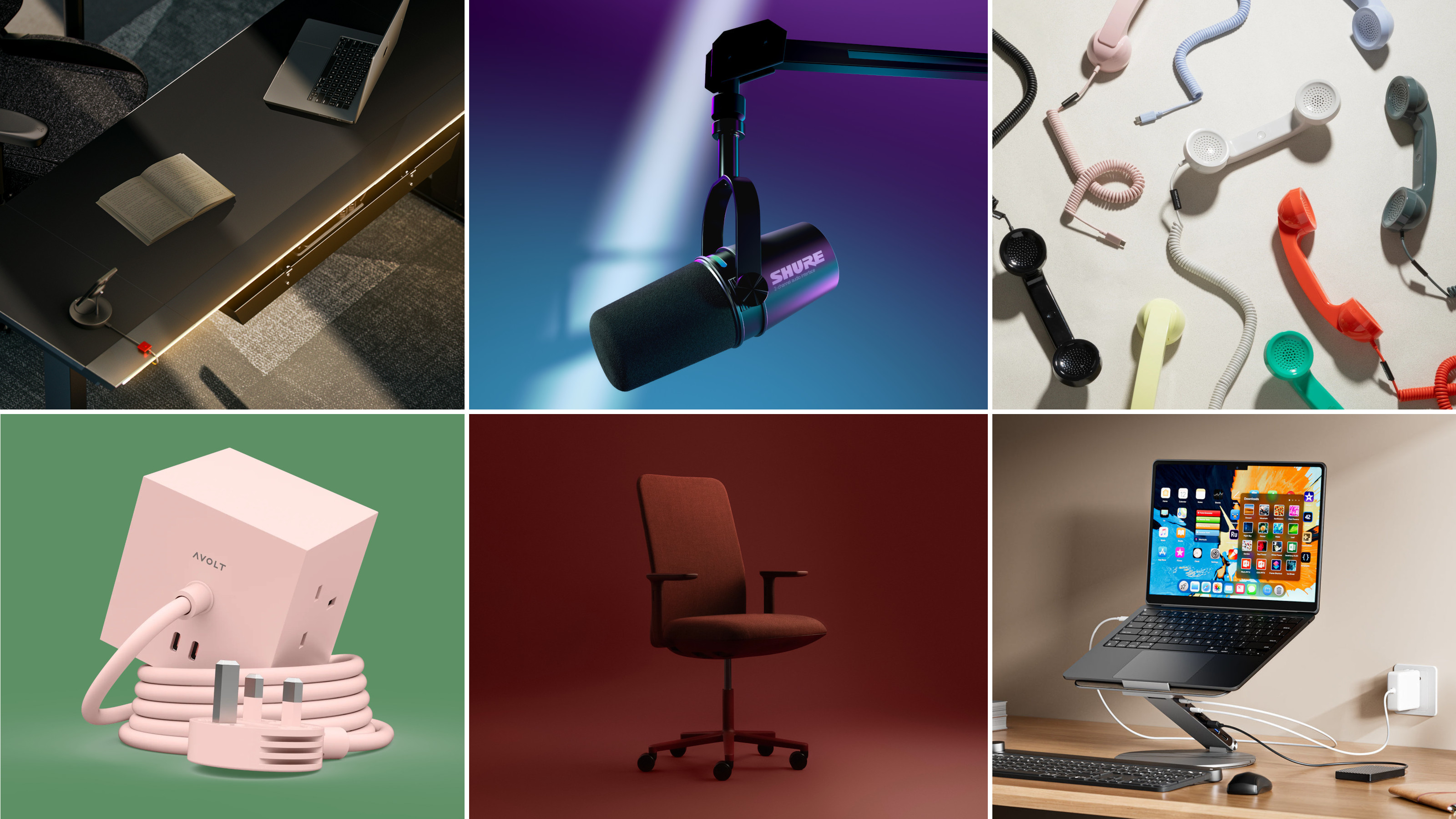 Hunker down in a perfectly equipped work-from-home hub this winter
Hunker down in a perfectly equipped work-from-home hub this winterIf your WFH set-up needs an upgrade, or if you need to kit out a new small business from scratch, we’ve got you covered
-
 New Leica Q3 Monochrom camera sees the world in black and white
New Leica Q3 Monochrom camera sees the world in black and whiteDefined by its crisp 60MP monochrome sensor, the Leica Q3 Monochrom is a camera designed for those who want to focus only on light, shadow and form
-
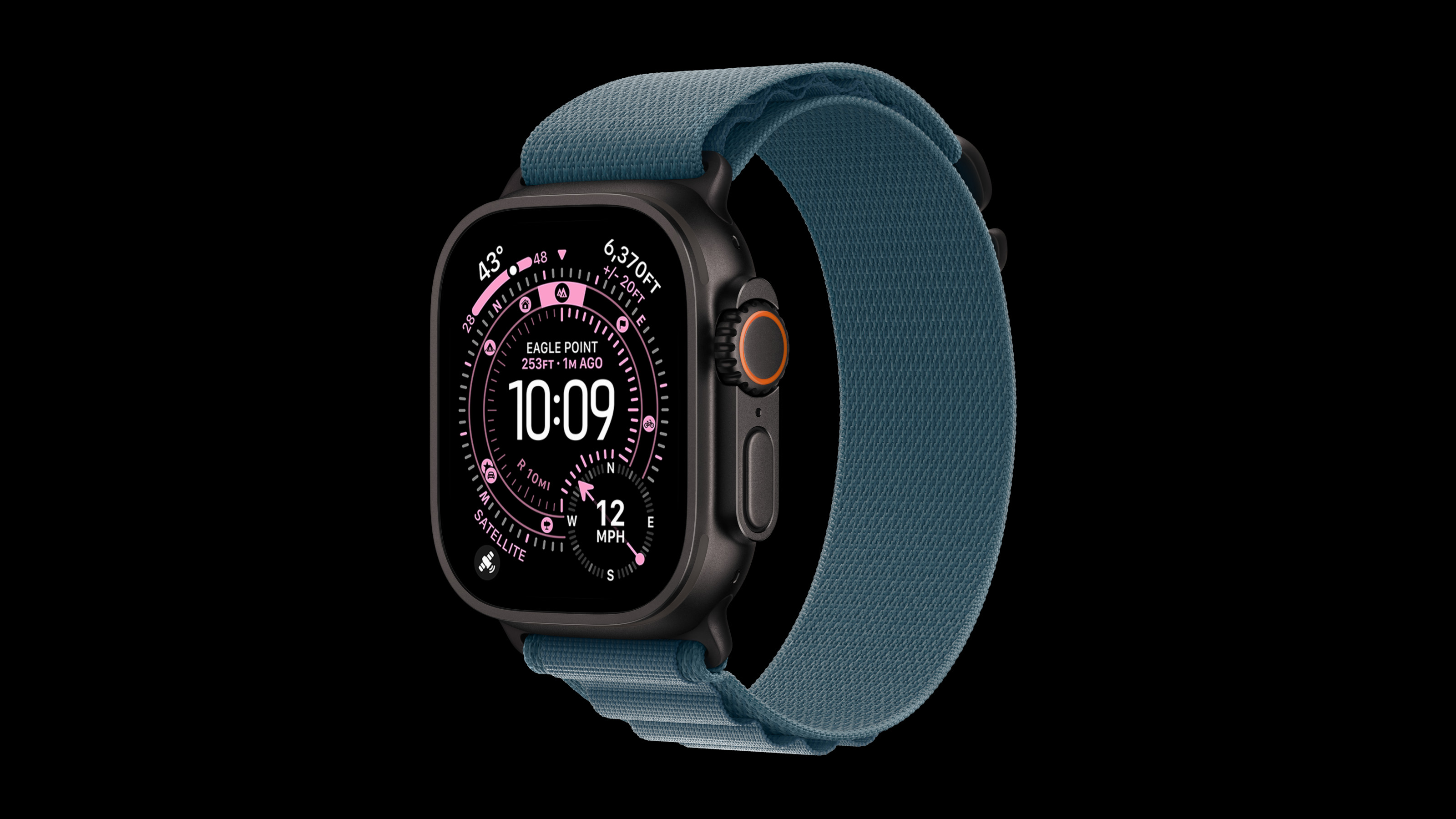 Apple Watch Ultra 3 has innovation at its heart – a 3D-printed titanium case
Apple Watch Ultra 3 has innovation at its heart – a 3D-printed titanium caseWe delve into Apple’s pioneering use of 3D-printed metal, and how it ties in with the company’s path to carbon neutrality